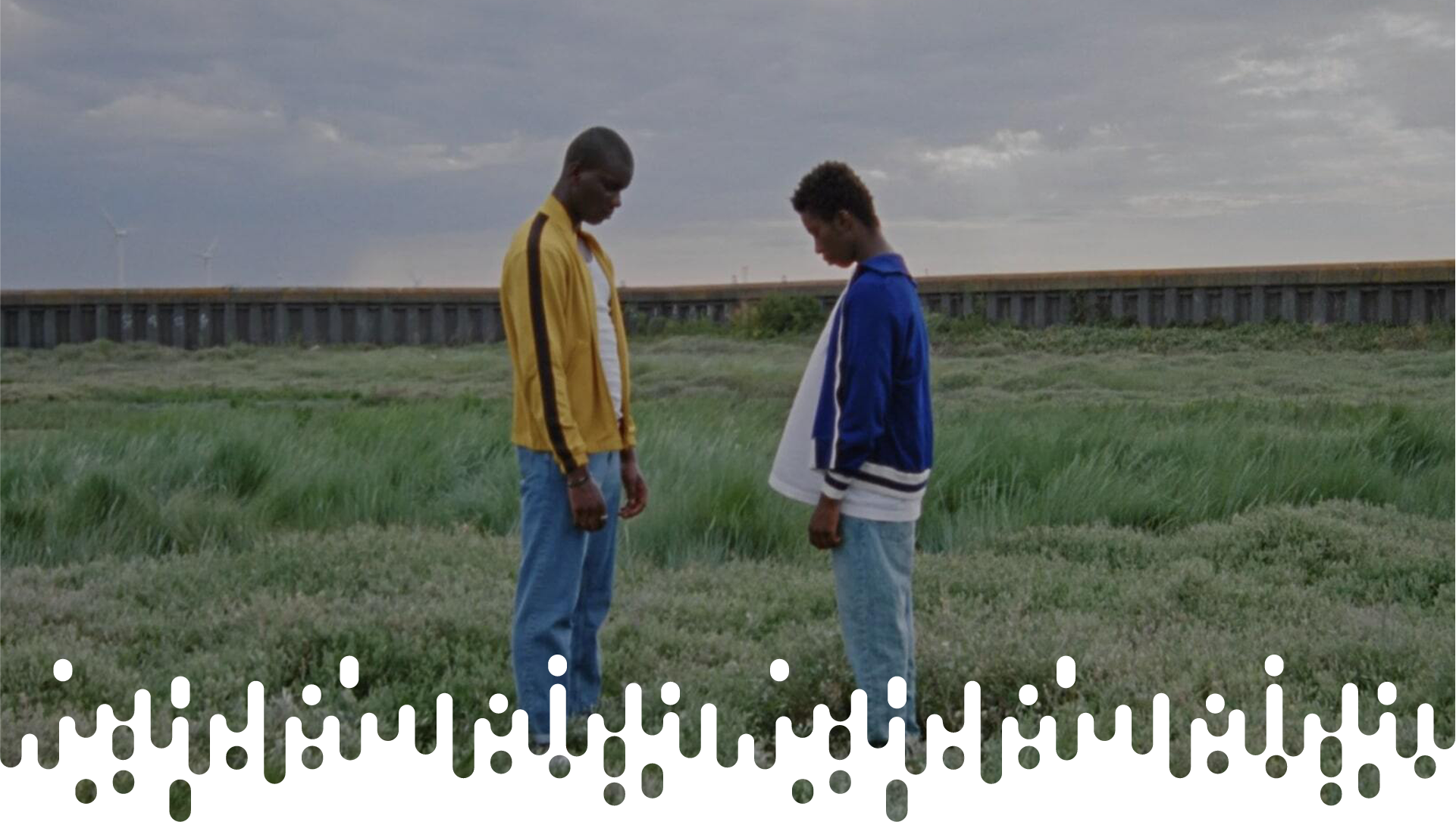
IGGY LONDON
Work revolves around the intricate tapestry of life, community, identity, and the emotional connections that bind us all. A testament to his unconventional path, his artistic journey is marked by a commitment to pushing creative boundaries, provoking thought, and exploring the profound in the seemingly ordinary. His storytelling continues to captivate and challenge, making him a significant voice in contemporary cinema and literature.
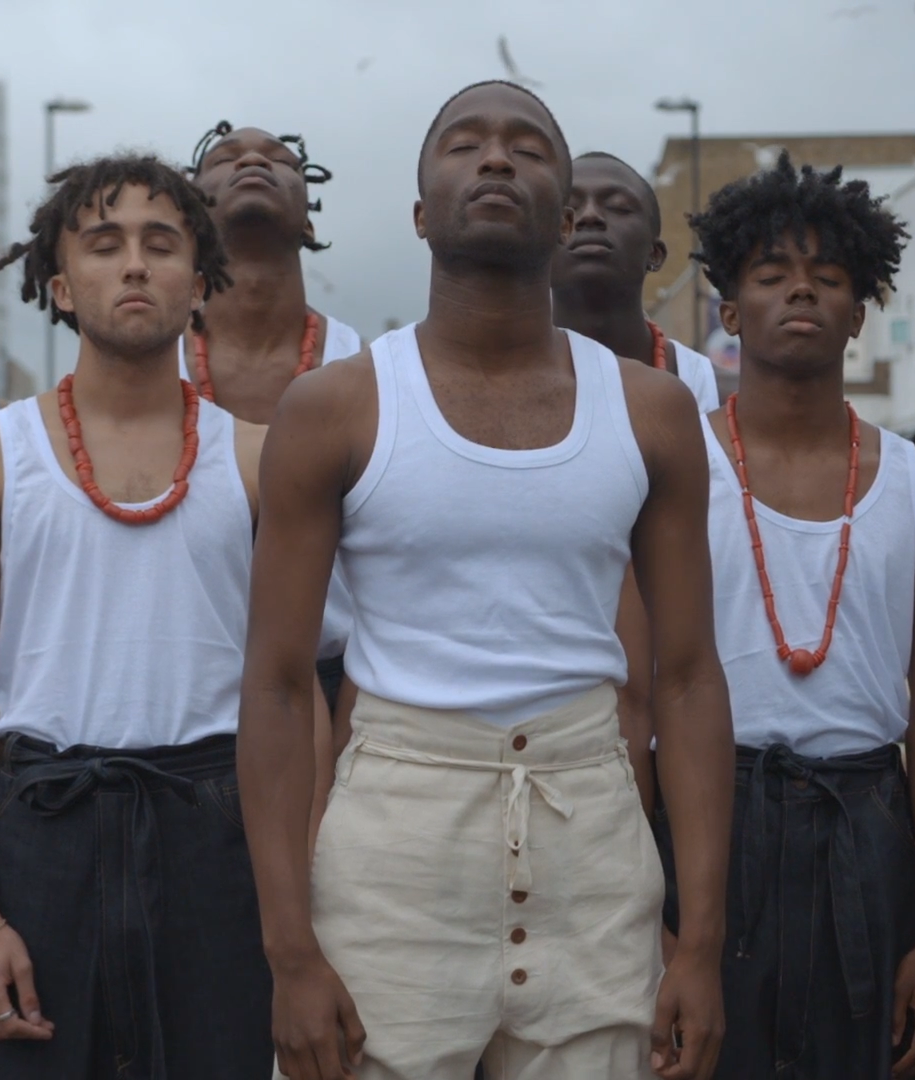
Through his lens, this filmmaker, artist, and writer explores meaningful stories with a double endeavour: speaking powerfully to the viewers and opening up conversations around themes such as masculinity, queerness, or race. Recently selected in Europe’s 30 Under 30 list by Forbes, his artistic flair infuses his creations with poetic beauty, whether through visuals, movement, or storytelling.
His short films ‘Velvet’ and ‘Black Boys Don’t Cry’ have earned him significant critical acclaim, opening the doors for projects with Nike, Vogue, and Adidas. Additionally, his Timberland campaign, ‘Built for the Bold’ featuring Mary J. Blige, stands as a testament to his creative mastery.
Your creative work spans across various mediums, from filmmaking to poetry to photography. How do you approach each medium differently while still maintaining a consistent thread of themes?
When it comes to storytelling, what’s really important to me is not necessarily getting hung up about the format or medium. I feel like any means to convey a story, whether it is through photography, poetry, moving image, or music, is equally important. It is crucial to tell the story in whichever way it reveals itself during the ideation process. Being close to all those different mediums allows you to play and enables flexibility and cross-inspiration.
‘Velvet’ and the Timberland campaign ‘Built For The Bold’ are notable pieces of your portfolio. Could you delve into the creative process behind these projects and the messages you intended to convey?
‘Velvet’ was definitely a seminal piece for me, and probably my first commissioned work. I aimed to come out the gates with a story that held great personal significance. At that time, in terms of what was happening in London, I was contemplating the long-term effect of a community when someone is taken from it, its meaning and the complexities of reconciliation, as well as the unexplainable, unbreakable bond between a mother and her son.
I wanted to narrate story about a happy-go-lucky boy who loses his life in a fight. However, the focus is not on the details of the crime or the perpetrator. Instead, it is on the unexplainable between the mother and her son. Even though she is not present at the scene, she feels his pain deeply. This connection continues even after his passing, which I find fascinating. I do love weaving personal stories into my work, presenting them symbolically with a political or social message. It is very important to address these issues in a sensitive way that allows people to grapes the underlying problem without overwhelming them with traumatic details.
‘Built For The Bold’ was created to celebrate Timberland’s 50th anniversary. I aimed for a powerful and compelling tribute to the brand’s story and DNA. Collaborating with a talented creative agency, we crafted a strong narrative, and I focused on the visual elements, casting, and an innovative use of colors. But with camera techniques, which I love. I indulged in my love for camera techniques to shape the project’s world. We filmed in New York, Portland, and London, and the result came together pretty nicely.
I wanted to narrate story about a happy-go-lucky boy who loses his life in a fight. However, the focus is not on the details of the crime or the perpetrator. Instead, it is on the unexplainable between the mother and her son. Even though she is not present at the scene, she feels his pain deeply. This connection continues even after his passing, which I find fascinating. I do love weaving personal stories into my work, presenting them symbolically with a political or social message. It is very important to address these issues in a sensitive way that allows people to grapes the underlying problem without overwhelming them with traumatic details.
‘Built For The Bold’ was created to celebrate Timberland’s 50th anniversary. I aimed for a powerful and compelling tribute to the brand’s story and DNA. Collaborating with a talented creative agency, we crafted a strong narrative, and I focused on the visual elements, casting, and an innovative use of colors. But with camera techniques, which I love. I indulged in my love for camera techniques to shape the project’s world. We filmed in New York, Portland, and London, and the result came together pretty nicely.
Your work often addresses themes of identity and community. How do you believe your creative endeavors contribute to broader conversations about these topics, particularly in today's world?
Absolutely, my work focuses on community and identity, themes I have always wanted to tell a story about. I don’t necessarily know if it encapsulates these broader themes, but these conversations are part of everything I do. I aim for my work to reflect society’s issues, to offer hope and solutions, to create blueprints for everyday life. Something as simple as the daily existence can be incredibly extraordinary and profound, and I am proud to mirror and witness it in my films. I hope to continue this in all I do.
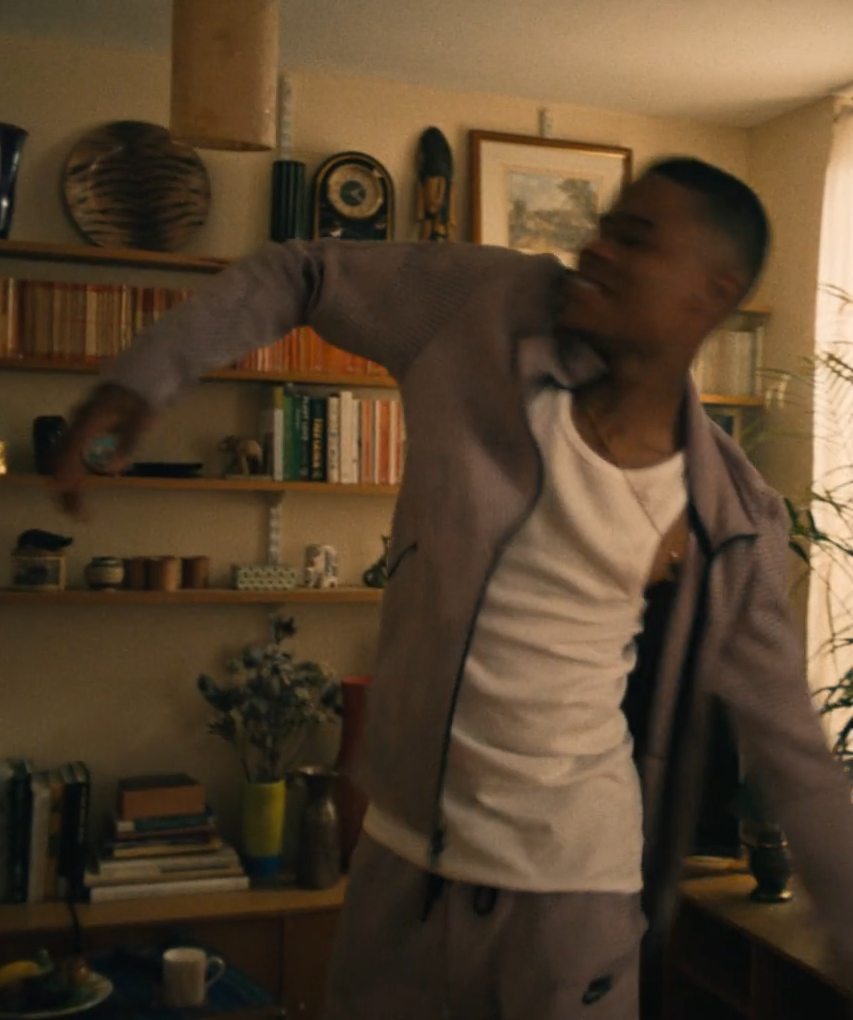
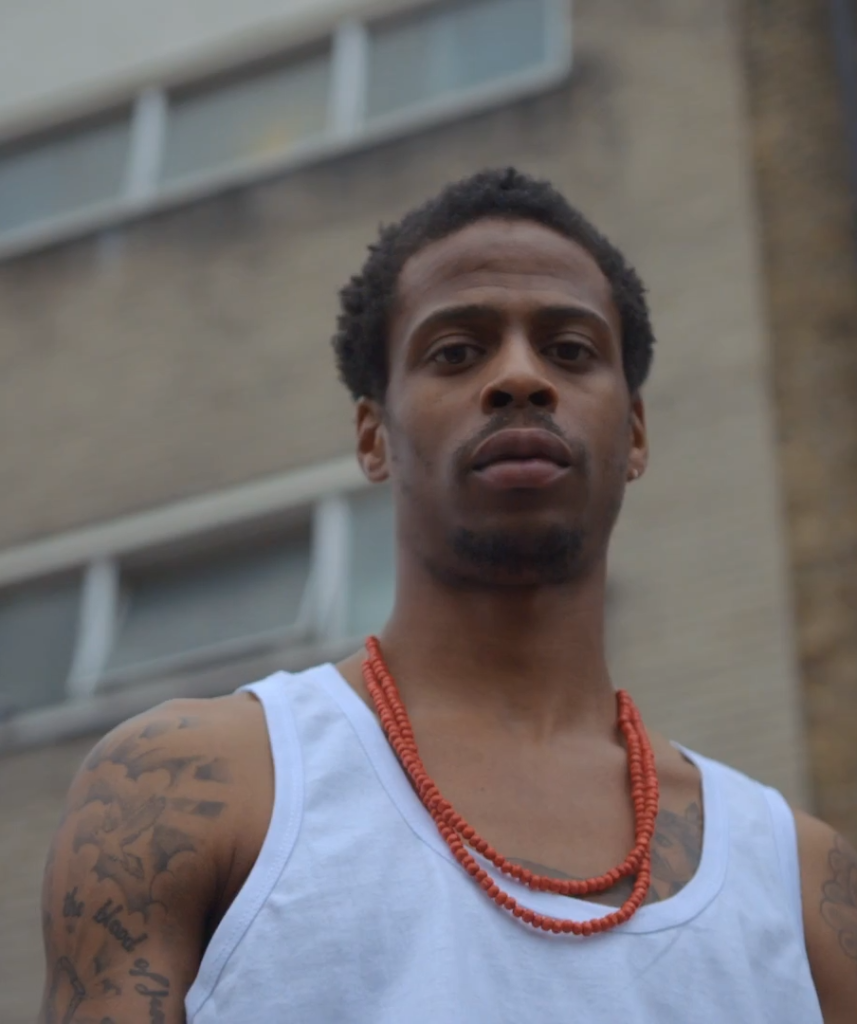
Your upcoming book ‘MANDEM’ appears to delve into an introspective exploration of how Black men are perceived and represented in society. Could you provide some insight into the inspiration behind this project?
My work stands out due to its distinctive style. I’ve always used movement as a tool to drive my stories and to experiment within the characters’ world, rather than adhering strictly to a set form. The reason for this approach is that I didn’t attend film school, and I am not technically trained in some aspects that others might have. However, I am well-versed in literature, poetry, and music. I wanted my work to possess fluidity and movement, which reflects my background in poetry. I aimed for a powerful and forward-thinking style that captivates the audience, making them wonder about the meaning and representation of the work. While I may not reference famous directors like Ozu or Tarkovsky, I focus on telling meaningful stories that resonate with my emotions. The fluidity of emotions aligns with the fluidity of my camera, shaping my preferred style. I am constantly interested in pushing the boundaries of this visual style and experimenting with something new.
Filmmaking, art, and writing each have their unique storytelling capacities. How do you decide which medium to use when expressing a particular idea or message? Are there certain stories that you feel are best conveyed through a specific medium?
‘Mandem’ serves as a blueprint for sharing stories often overlooked, those experienced by black men. While there are extraordinary writers sharing their ordinary stories, this book is a simple yet powerful collection of tales from brilliant authors. They delve into their experiences, battles, celebration, and insights on life and upbringing, revealing how that shaped them into the men they are today. This project has been a journey of self-discovery, shedding light on the origins of my work and why I do what I do. It is a full-circle moment from my previous film, ‘Black Boys Don’t Cry’, and now transformed into a book, and I am really happy about it.
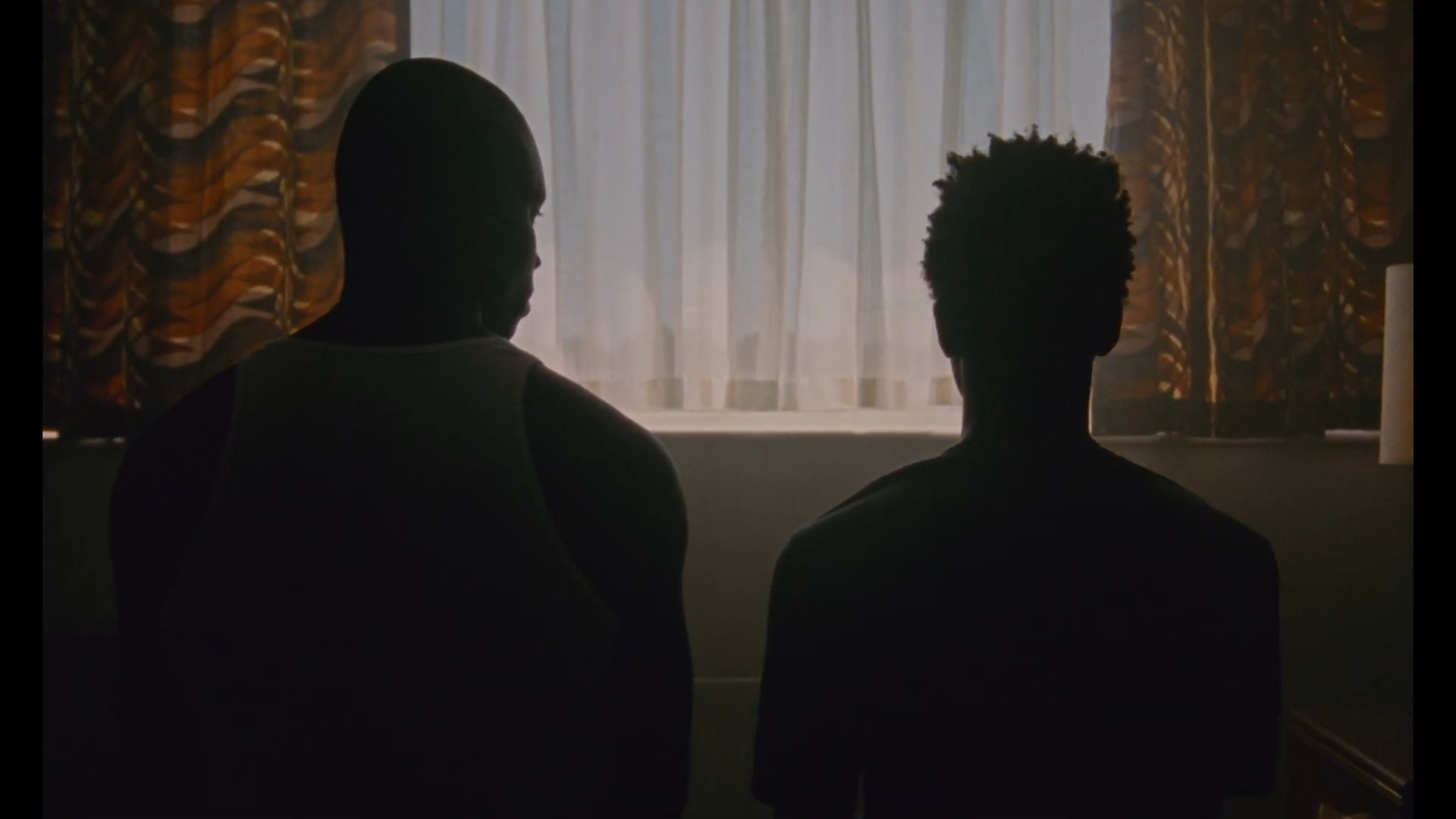

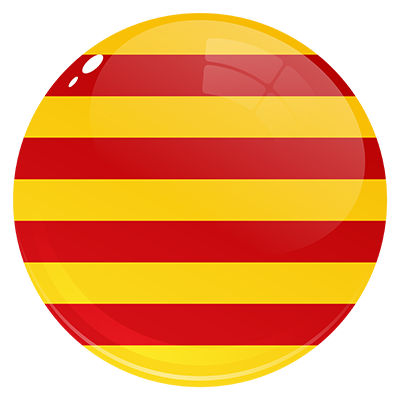 CA
CA
 ES
ES